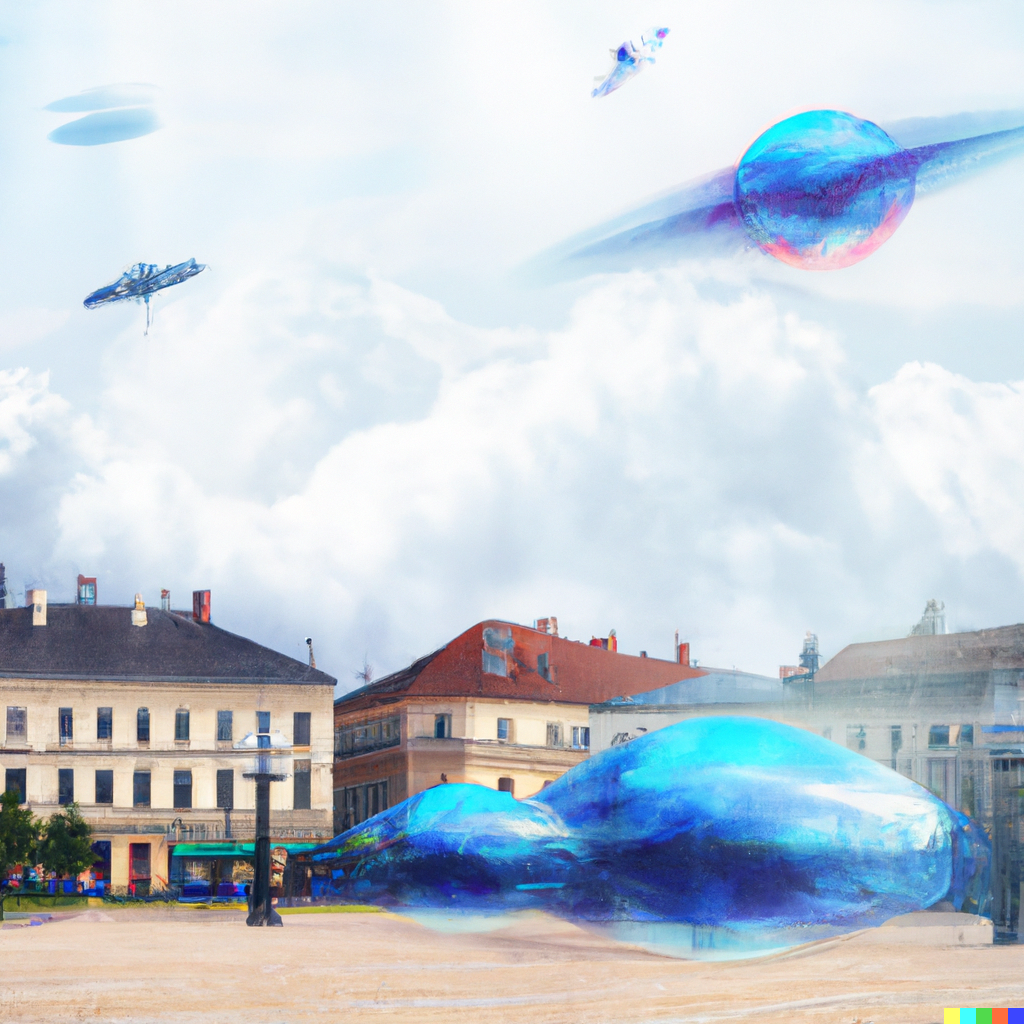On digital placemaking
Toughts on the concept of digital placemaking

Introduction
Digital placemaking is a relatively new concept that refers to the use of digital technologies to enhance people's experiences in public spaces. It involves the interplay between physical and digital worlds and seeks to leverage this interplay to create engaging and interactive experiences in public spaces. In recent years, there has been growing interest in how digital placemaking can be used to help citizens imagine possible futures for the cities they live in and how this practice can inform policymaking.
Description of digital placemaking
Digital placemaking can take many forms, including the use of augmented reality, interactive displays, mobile applications, and immersive media installations. These technologies can be used to provide people with new ways of experiencing and interacting with public spaces, such as providing historical context or creating interactive art installations.
Digital placemaking can also be used to facilitate civic engagement and community building. For example, it can be used to create opportunities for public input and dialogue around public policies and initiatives, allowing citizens to contribute to the shaping of their city's future.
Importance of imagining the future
Imagining the future is an important exercise for citizens and policymakers alike. It allows them to envision alternative futures and explore the potential consequences of different choices and decisions. By imagining the future, citizens can better understand the impact of policy decisions and make more informed choices about their own lives. Policymakers can also use future scenarios to inform their decisions, ensuring that they are responsive to the needs and aspirations of citizens.
In order to effectively imagine the future, citizens and policymakers must have a shared understanding of the possible scenarios and their implications. This is where digital placemaking can play a valuable role.
Using digital placemaking to imagine the future
Digital placemaking can be used to facilitate the creation and dissemination of sociotechnical imaginaries, which refer to shared visions of desirable futures that are shaped by social, cultural, and technological factors. By providing citizens with interactive and immersive experiences that allow them to explore different futures for their city, digital placemaking can help to foster a shared understanding of what the future could look like.
For example, augmented reality installations that depict different scenarios for urban development can help citizens visualize the impact of different policy decisions and engage in discussions about what kind of future they want to see. Interactive media installations that allow people to explore different urban planning scenarios can also be used to facilitate public input and dialogue around public policies and initiatives.
Digital placemaking can also be used to solicit feedback from citizens about different policy proposals and to gauge public opinion on specific issues. By providing citizens with opportunities to provide feedback, policymakers can ensure that their decisions are informed by the perspectives and needs of citizens.
Conclusion
Digital placemaking has the potential to be a valuable tool for helping citizens and policymakers imagine possible futures for the cities they live in. By facilitating the creation and dissemination of sociotechnical imaginaries, digital placemaking can foster more inclusive and democratic policymaking processes that are responsive to the needs and aspirations of citizens. Through the use of interactive and immersive experiences, digital placemaking can help citizens and policymakers to better understand the potential impact of policy decisions and make more informed choices about the future of their city.